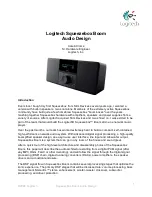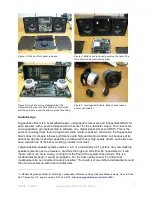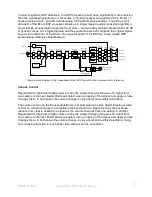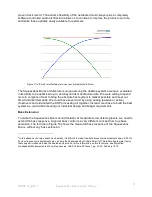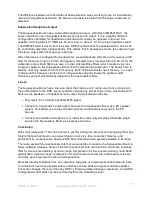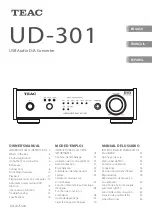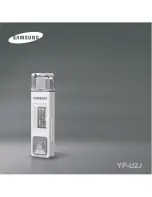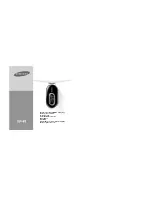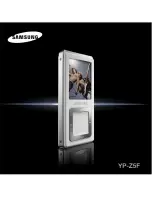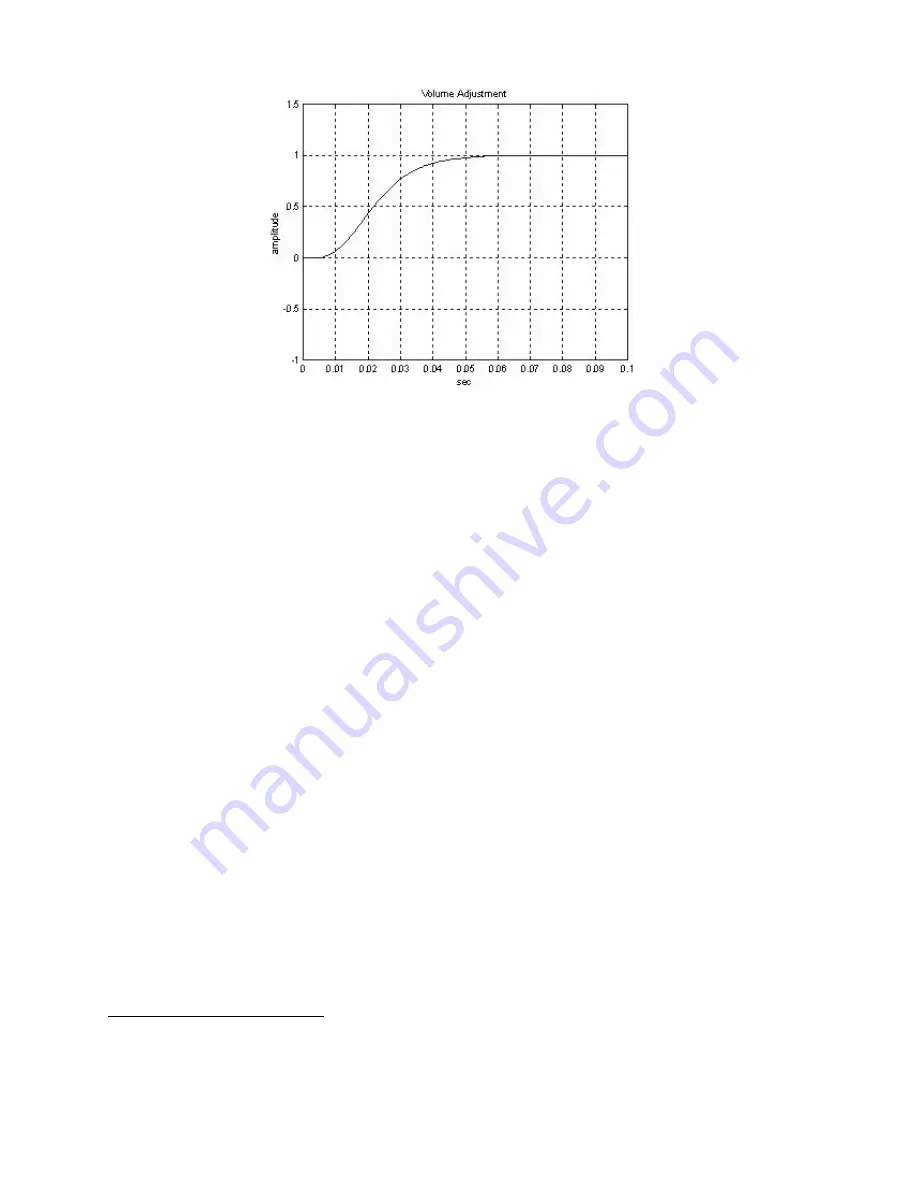
©2008 Logitech
Squeezebox Boom Audio Design
7
Figure 9: Click-less volume changes in Squeezebox Boom. This volume ramping profile shows how the
volume gently changes from one volume to another. This shows a switch from 0 to 100% volume, but any
other volume change follows a similar.
StereoXL Technology
StereoXL™ is a proprietary stereo expansion technology developed by Logitech audio
engineers. It provides a significantly enhanced stereo sound field, expanding the sound stage
beyond the physical extents of the speakers themselves.
I have always been wary of this type of processing for fear that it would wreck the audio quality
in order to achieve the effect of stereo widening. However, once the engineers from the
Logitech Audio business unit helped implement StereoXL in the Squeezebox Boom, the results
were very surprising. The audio quality wasn’t diminished at all, but the sound seems to come
from everywhere.
That said it can be overdone, and the quality depends on the track used and the encoding used.
In order to allow for varying user preferences, and track encodings there are 3 settings for
StereoXL. The best one is typically in the middle (medium).
Crossovers
To produce outstanding audio quality in such a small form factor, we needed to optimize the two
frequency extremes: low frequencies and high frequencies. This necessitated using two
speakers (the woofer and tweeter) for each channel. Any time there is more than one speaker
per channel, a crossover of some type is required to steer the high-frequency energy to the
speakers with better high-frequency response, and low-frequency energy to the low-frequency
speakers.
There are many different types of crossover “alignments,” with various advantages and
disadvantages. For the Squeezebox Boom, we chose a very successful crossover type known
as a 4
th
-order Linkwitz-Riley crossover.
2
This was chosen because of its high performance and
2
Active Crossover Networks for Noncoincident Drivers; Siegfried Linkwitz, JAES Volume 24 Issue 1 pp. 2-8,
February 1976. Available online here http://aes.org/e-lib/browse.cfm?elib=2649.

